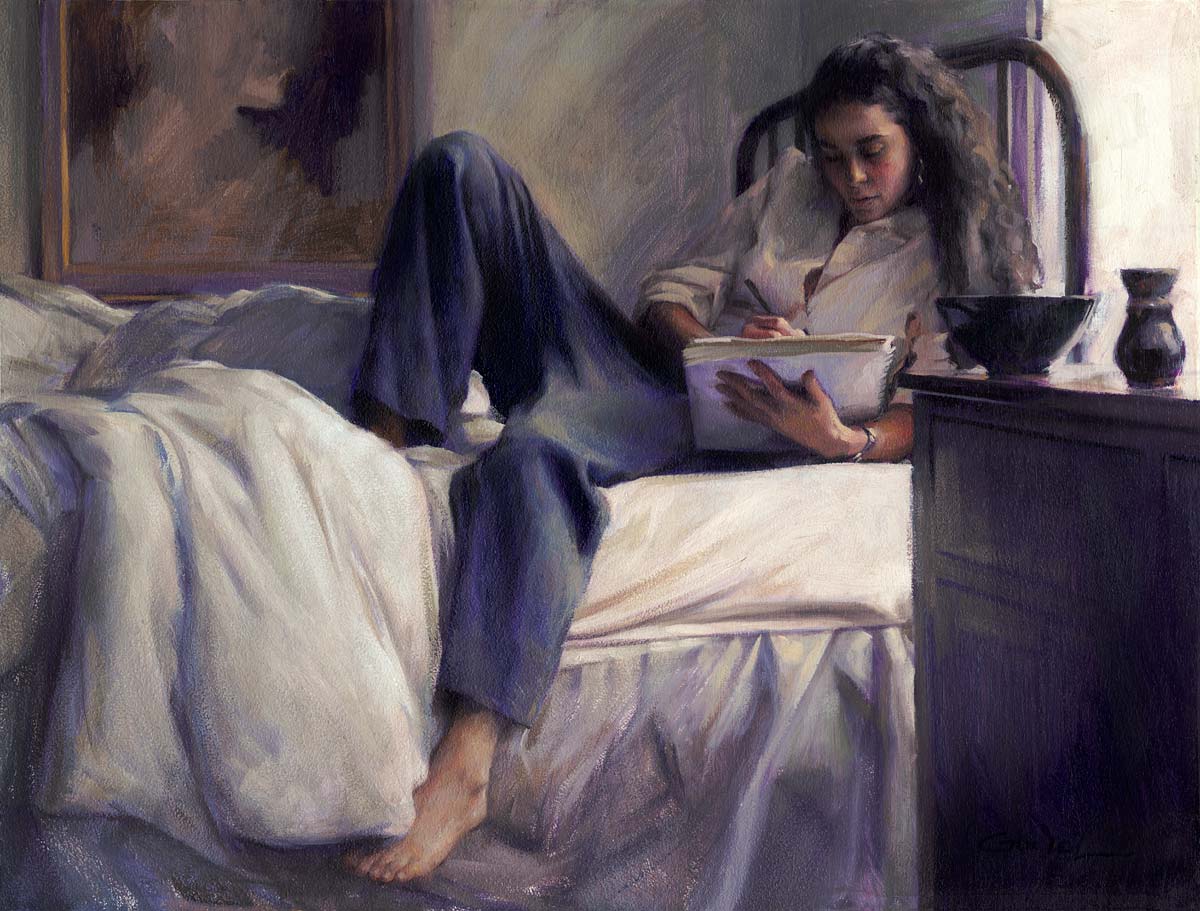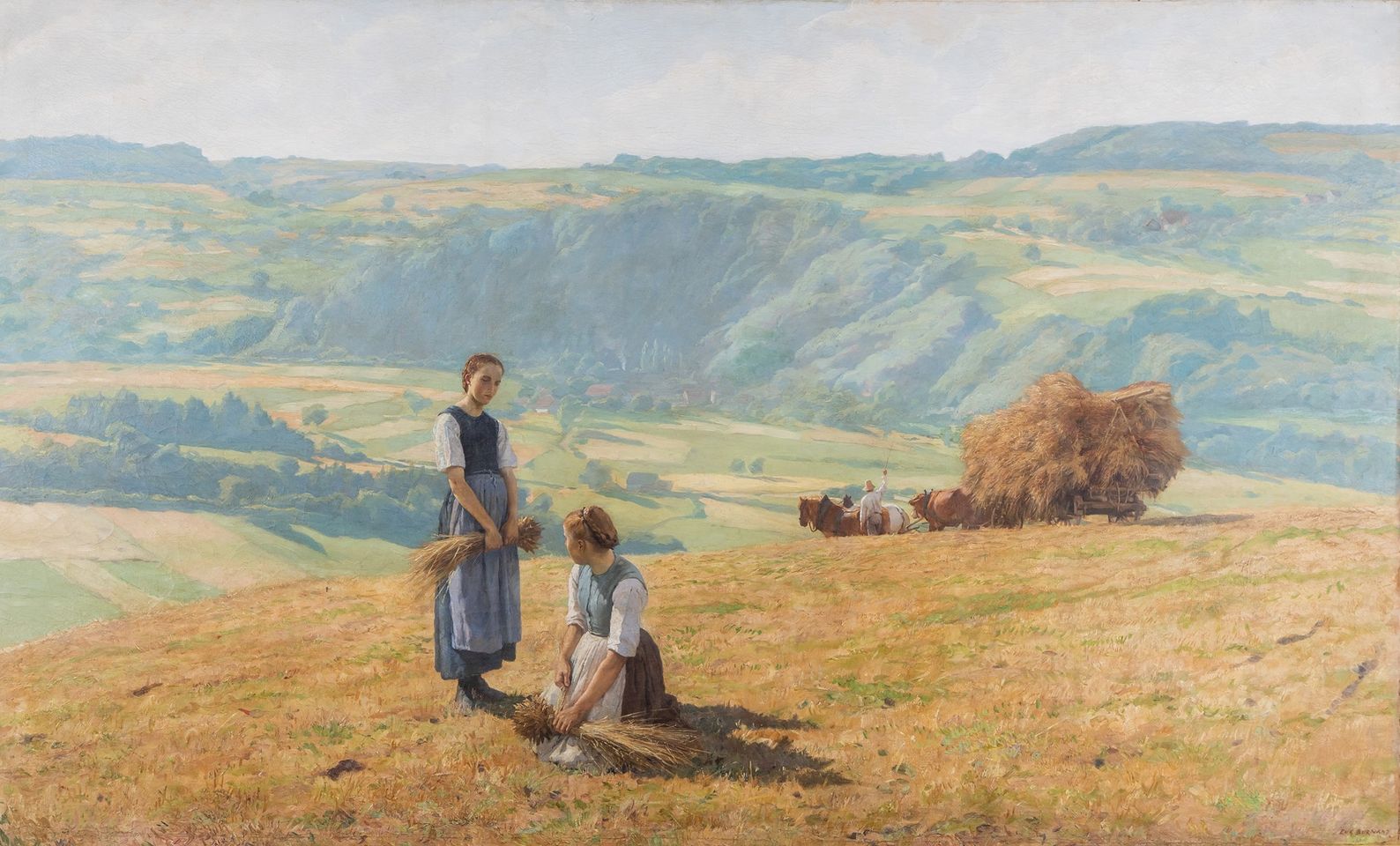Trattato della Pittura - Parte seconda | Capitoli 54-78
Indice
54. Del giudizio del pittore.
55. Discorso de' precetti del pittore.
56. Precetto del pittore.
57. Precetti del pittore.
58. Dell'essere universale nelle sue opere.
59. Precetto.
60. Precetti del pittore.
61. Precetto intorno al disegno dello schizzare storie e figure.
62. Dell'operatore della pittura e suoi precetti.
63. Modo d'aumentare e destare l'ingegno a varie invenzioni.
64. Dello studiare insino quando ti desti, o innanzi tu ti dormenti nel letto allo scuro.








